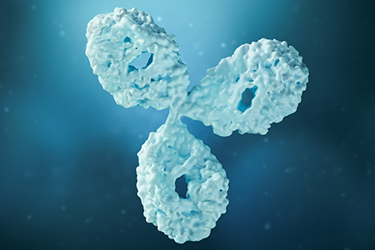Leveraging Perfusion Early In Process Development For Better Commercial Outcomes
By Kevin Lee and Britta Anderson, MilliporeSigma

Establishing a successful commercial manufacturing process for monoclonal antibodies and other recombinant proteins begins with investments in upstream development. By addressing the complex needs of cell culture from the start, organizations can take steps to optimize their process, ensuring they are maximizing productivity and product quality.
In biologics manufacturing, there are three primary production methods operators can employ: batch, in which all nutrients are supplied upfront, fed-batch, in which nutrients are added as they are depleted, and perfusion, which circulates media through a cell culture to create simultaneous nutrient enrichment and waste removal. For many biopharmaceutical companies, fed-batch processes represent a longstanding and workable approach to manufacturing complex biologics. The relative simplicity of fed-batch processes – with few feeds into a bioreactor that change very little volumetrically over time – can make the transition to perfusion seem daunting.
Yet, perfusion offers a number of advantages for advanced therapeutic production. Through improvements in cell viability and maintenance of high-productivity phenotypes, perfusion can enable greater product yields over time using smaller bioreactors, often with improved product quality when compared to fed-batch processes. With this improvement in yield and quality, manufacturers can reduce infrastructure needs and operational costs at manufacturing scales. However, these benefits are also relevant at research scales with effective perfusion systems enabling efficient screening of scale-independent or cell-specific parameters and providing greater product yields.
Perfusion technologies can seem more complex than fed-batch systems, but advancements in technologies supporting perfusion have made incorporating it in early development more achievable. Likewise, although perfusion processes do consume more cell culture media compared to batch processes, this increase can be tempered in process development by leveraging small-volume screening systems. Perfusion experiments can also be adopted as early as clone selection and media optimization, facilitating more optimal process development and transfer to larger-scale perfusion systems.
Get unlimited access to:
Enter your credentials below to log in. Not yet a member of Outsourced Pharma? Subscribe today.
